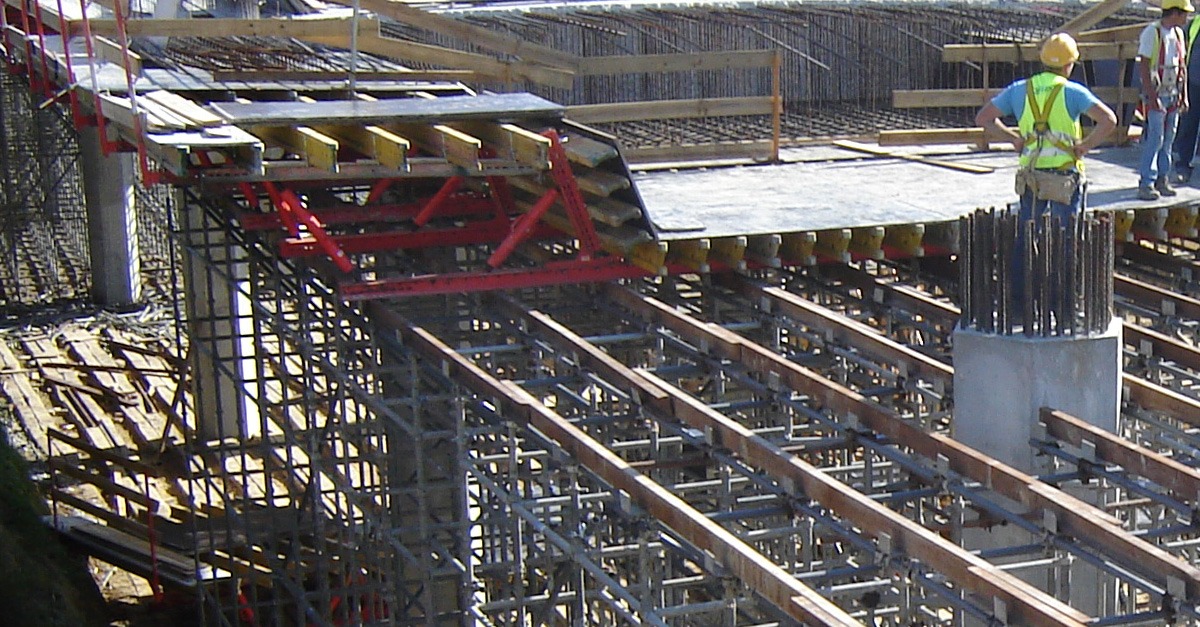Claim for work withholdings

Claim for work withholdings
As its name indicates, guarantee retention is applied to construction invoices to compromise the successful outcome of the work. Whoever commissioned the execution of the work will not be obliged to return those amounts if defects appeared in the construction or items were left unexecuted.
Construction companies, contractors and subcontractors often come to our office that have not received the amounts that were retained as a guarantee by the developer or by the person who carried out the professional order.
The same problem, but in reverse, is the developer who receives a claim from the builder, urging the return of withholdings when the construction has been defective . If the construction defect exists, the promoter has the right to withhold an amount equivalent to the value of the defect.
The builder and developer will need different pieces of evidence to prove their positions. If the work is finished and the construction is being used, it is presumed that the works were duly executed. If in this case, the promoter alleges a construction defect, he will need to have an expert report that proves the reality of the defect and its assessment. Any judicial claim of this type that is not endorsed by the opinion of an expert is bound to fail.
The builder’s claim for the return of the guarantee withholdings will not always require the provision of an expert’s report in legal proceedings. Precisely because of that presumption to which we mentioned that if the work has finished and the construction is being used, it is because the work has been satisfactory.
We will now analyze various technical aspects on this matter, such as the concept of withholding and its legal framework, the limits of the payment obligation, and the term provided for the return of guarantees.
Concept of retention of work
The Building Regulation Law provides annual guarantee to cover possible contingencies arising from construction defects or hidden defects [ art. 17 1. b) second paragraph]. Likewise, article 19 1. a) of the same Law establishes the obligation to provide material damage insurance or surety insurance in favor of the promoter, which may be replaced by a withholding of five percent of the amount of the material execution of the work.
The promoter will retain 5 percent of each invoice issued to the contractor. In the event of discovering hidden defects or any construction defect, the promoter can deduct the repair costs from the amounts withheld. Finally, the outstanding amount must be returned to the contractor company.
Payment obligation
The withholdings are part of the price of the work, and as such is documented in the invoices issued by the contractor to the promoter.
In accordance with the provisions of articles 1,544 and 1,555 of the Civil Code, the main obligation assumed by the owner of the work is the payment of the agreed price to the contractor.
The enforceability of contractual obligations is unequivocally included in articles 1,089, 1,091 and 1,258 of the Civil Code, since they establish that obligations arise from contracts that have force of law between the contracting parties, which must be complied with according to the same and also according to the dictates of good faith, usage and law. In this sense, the Supreme Court Judgments of October 1, 1991 and November 23, 1988 stand out, as well as the Judgments of the Provincial Courts of Burgos of January 20, 1999, of Murcia of February 4, 1999 and of Orense on September 1, 2005.
Refusing to refund the amounts retained as a guarantee contravenes article 1,256 of the Civil Code, which establishes that the validity and compliance of contracts cannot be left to the discretion of one of the contracting parties.
This rule is complied with as long as there is no just cause for not repaying the claimed amounts. In such a case, the promoter may defend his argument and deduct the necessary amounts for the defectiveness of the work carried out. As we warned in the introduction, this allegation must be supported by an expert report so that it can be considered in the judicial phase.
Return period
The Building Regulation Law provides that withholdings of work can operate as an annual guarantee. The promoter must, consequently, pay these amounts before the end of the period of one year from the date the work was delivered.
As a prerequisite, the contractor must have complied with its obligations to carry out the work, deliver it, and that it be as planned, correct and adequate (STS of June 12, 1996 or January 30, 1997).
In those works where the reception of the work was signed, the date of that document will be used to count the start of the one-year period. However, it is not always so easy to determine what the delivery date was.
Article 6.4 of the Building Planning Law 38/1999 of November 5, comes to resolve this issue when the reception of the work took place tacitly, and without having signed the parties the reception:
“Unless otherwise expressly agreed, the reception of the work will take place within thirty days following the date of its completion, accredited in the final work certificate , term that will be counted from the notification made in writing to the promoter. Reception will be understood tacitly produced if after thirty days from the indicated date the promoter has not revealed reservations or reasoned rejection in writing.”
According to the foregoing, after thirty days from the date of completion of the work, without stating the communication of reservations or reasoned rejection, the work must considered as received by the promoter.
But tacit acceptance may occur, not only due to the passage of time (thirty days from the date of completion of the work), but also as a result of actions by the promoter that reflect , indirectly, the acceptance of the works.
The jurisprudence has admitted as unequivocal acts of the promoter in this sense, the payment of the price without making any reservation (arts. 1599 and 1592 of the Civil Code), the use of the works or taking possession of them. Think, for example, when a residential building has been built and the houses are occupied.
Conclusions
First.- Withholding taxes applied to construction invoices are a common means of guarantee to cover possible construction defects at the end of construction.< /p>
Second.- The promoter may retain these amounts for one year from when he received the completed work. And he must pay the amounts withheld once the annual term has ended without having reported the existence of defects.
Third.- The promoter may use the amounts withheld to pay for the repair of hidden defects or defects in the construction.
Fourth.- The contractor may legally claim the promoter for payment of the withheld amounts, when a period of one year has elapsed from the delivery of the work.






